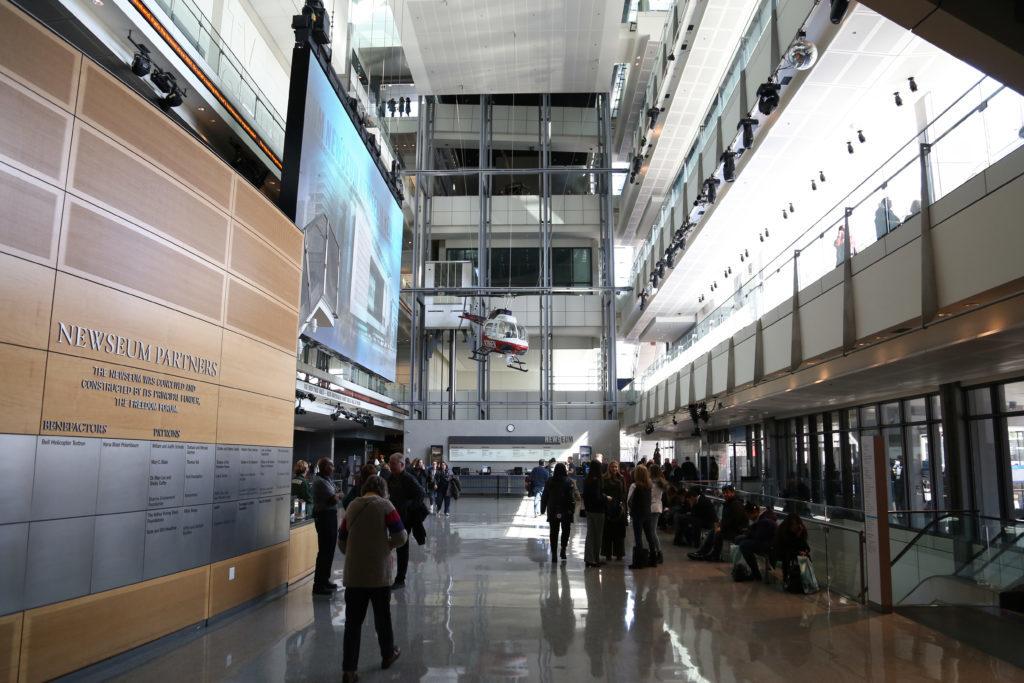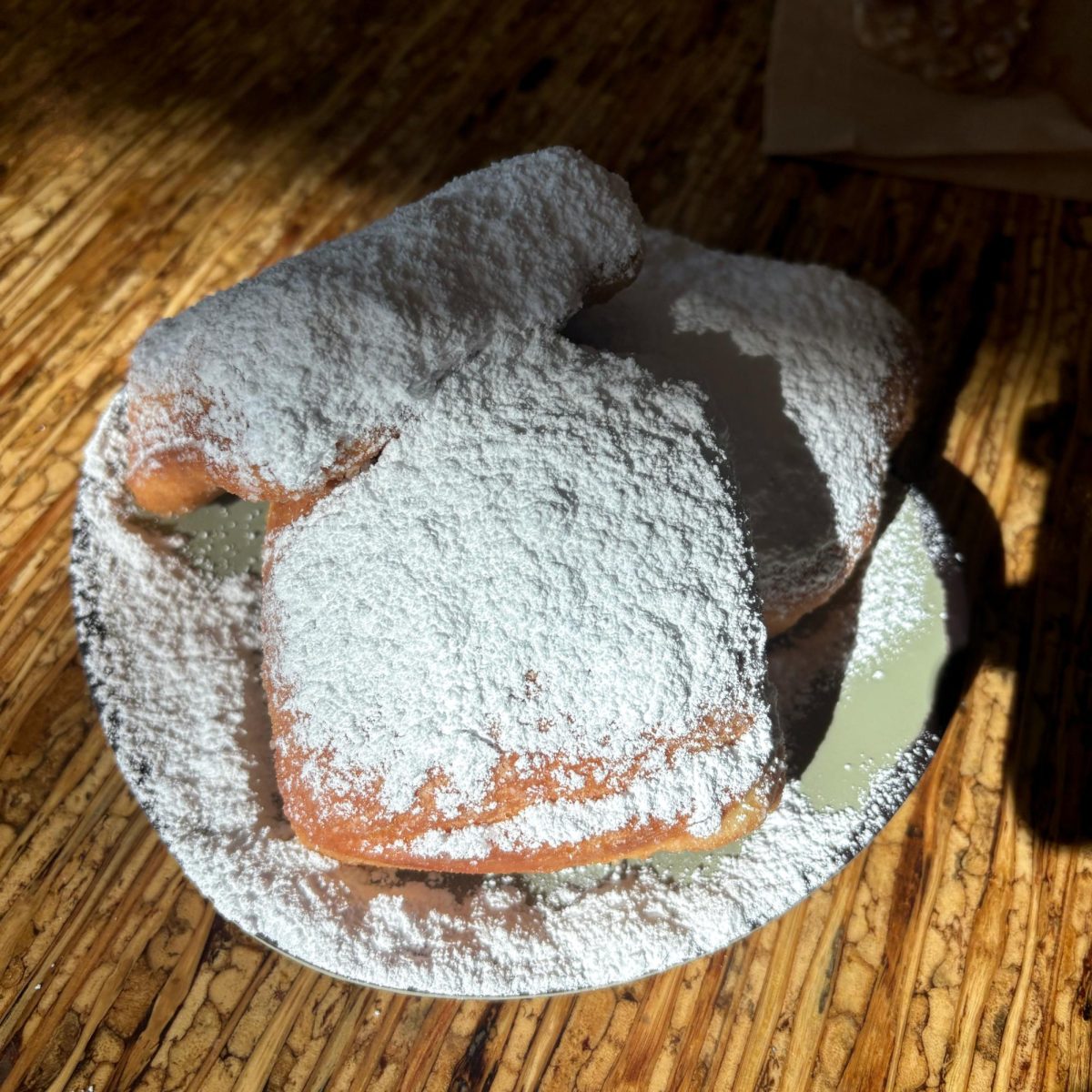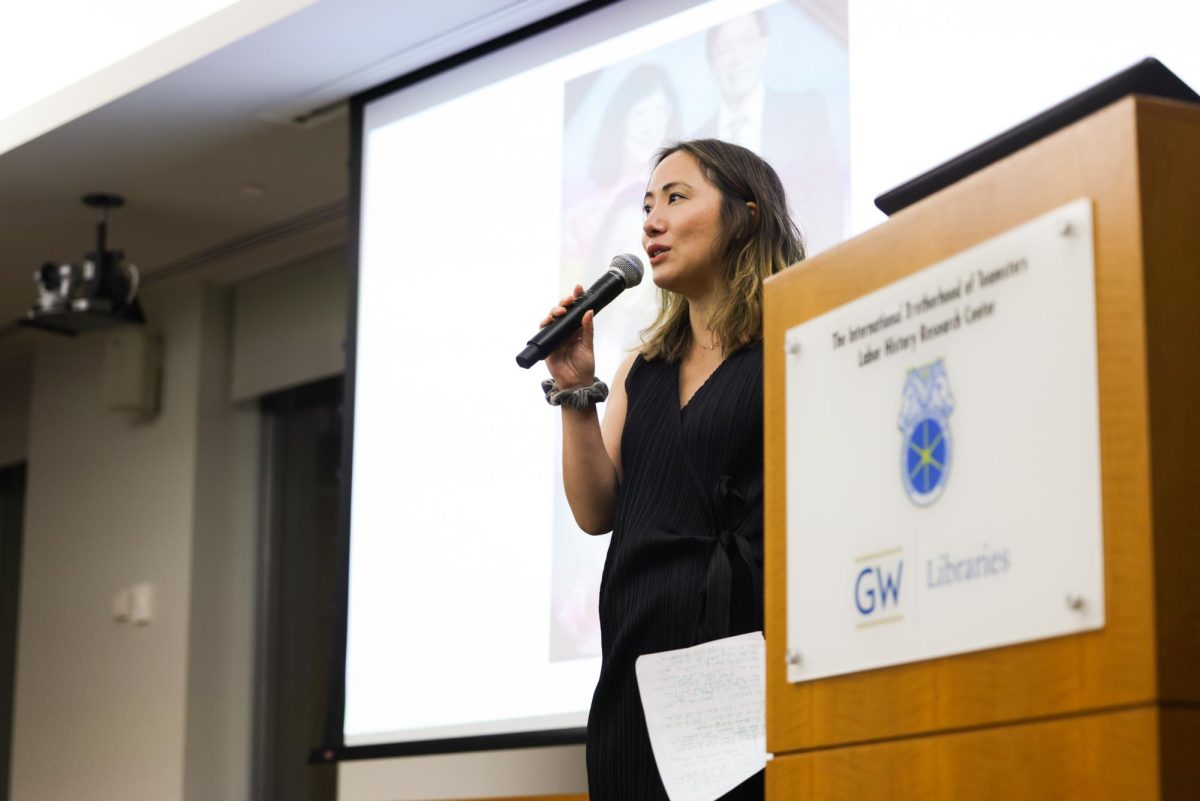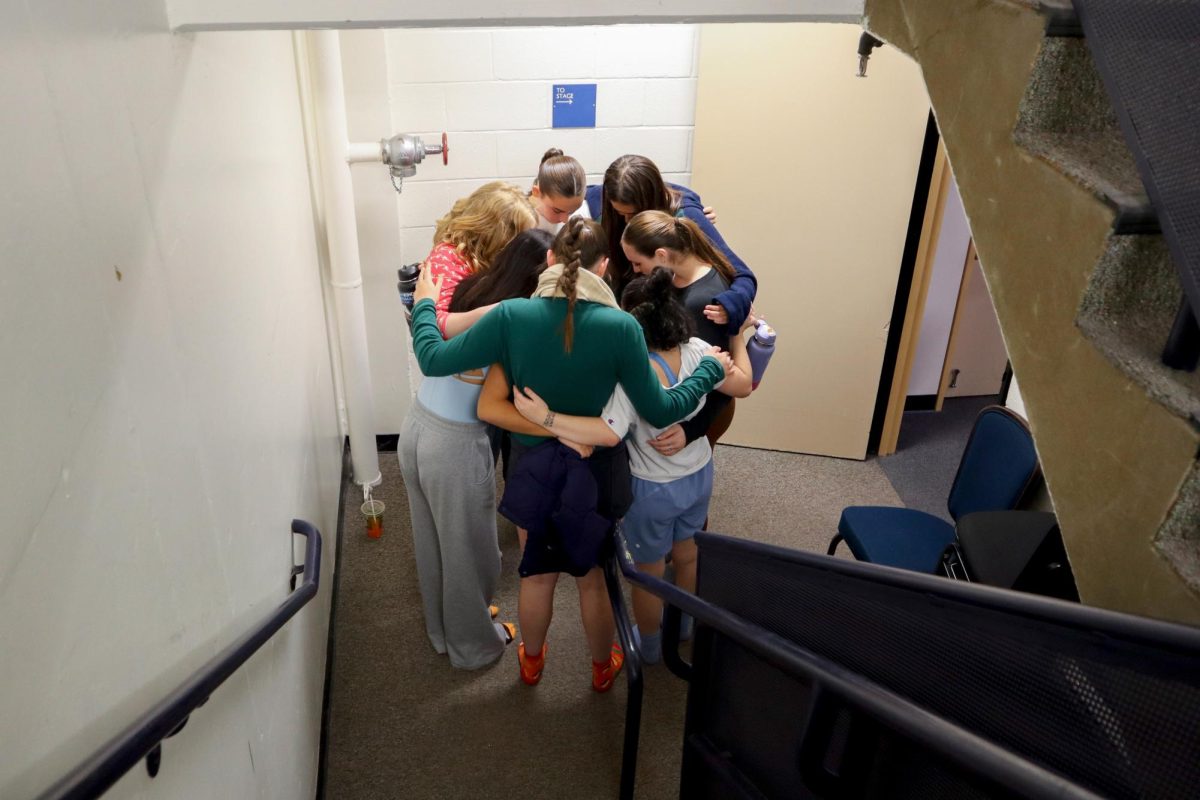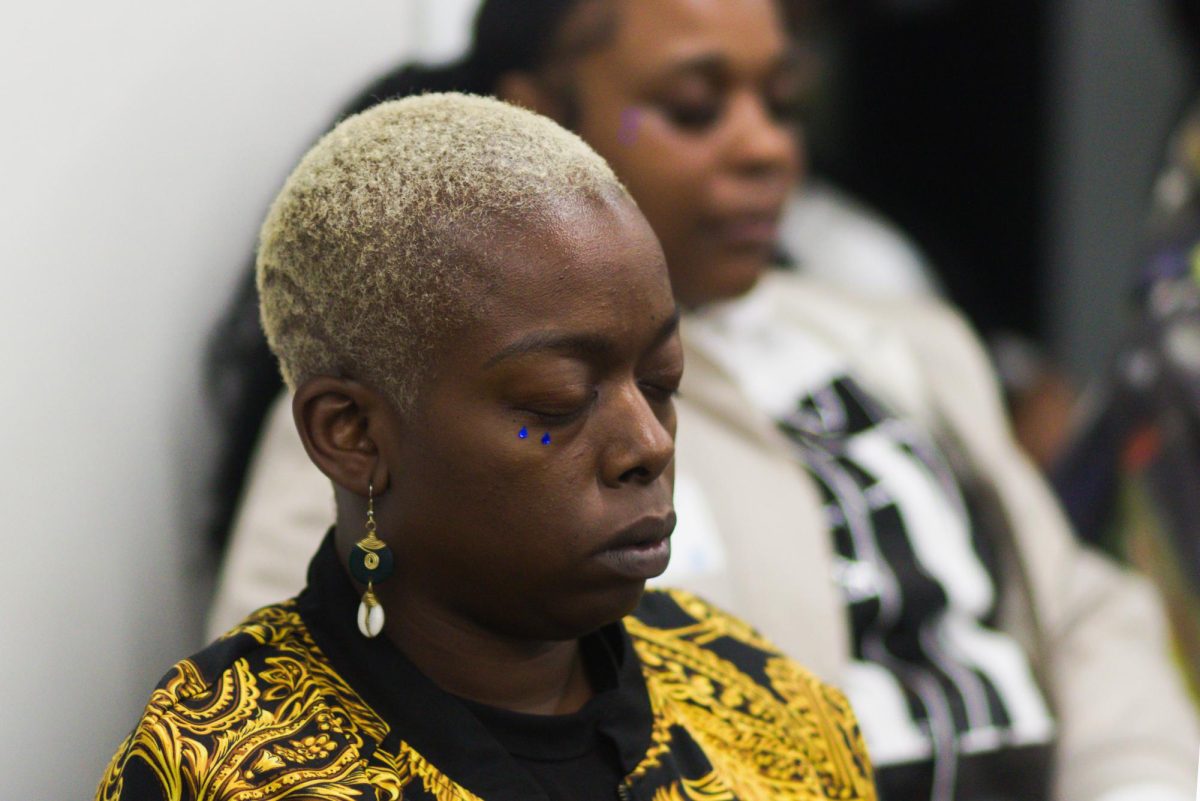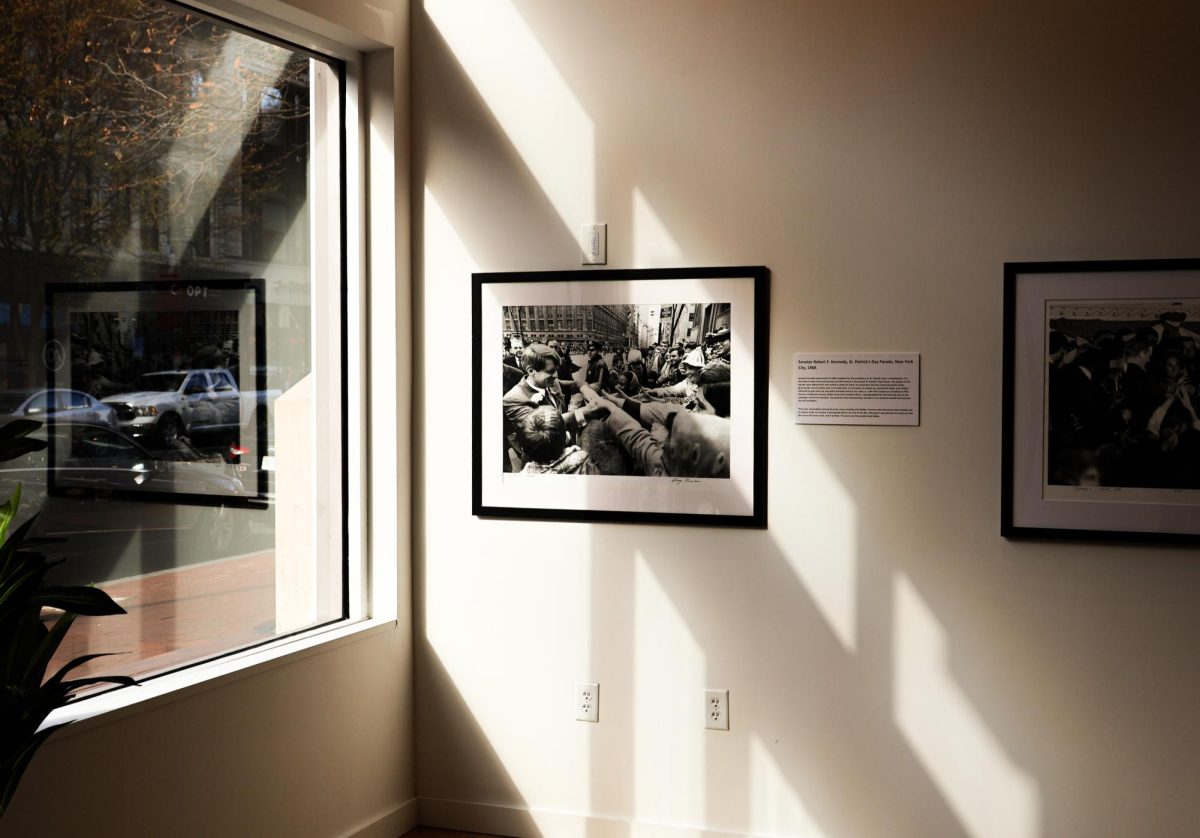As the Newseum prepares to close its doors later this year, School of Media and Public Affairs students said they will remember the institute as inspiration for their prospective careers in media.
After two decades of existence, Newseum spokespeople announced earlier this month that the institution will shut down at the end of December, citing financial difficulties. Students and professors involved with SMPA said the Newseum’s departure comes during a time of distrust toward news media, and its absence could cause people to forget the value of journalism.
The Newseum sold the property in January to Johns Hopkins University for about $373 million. The building will house the college’s School of Advanced International Studies, The New York Times reported.
Peyton Wilson, a sophomore studying political communication, said the museum inspired her to become a journalist when she visited D.C. on a school field trip in ninth grade.
“Going to the Newseum was definitely what drove me to want to be a journalist and where my love for journalism started,” Wilson said.
Wilson recalls walking by the “Today’s Front Pages” exhibit outside of the building and seeing a newspaper from her home state, The Atlanta-Journal Constitution, on display. She said the experience helped her understand the power of being a journalist and spreading information from several outlets in cities across the United States.
“People don’t realize how the media can be used for so much good,” Wilson said.
Wilson said she worries that in a time of political partisanship, closing the Newseum takes away one of the only museums dedicated to recounting the history of fair storytelling.
“It’s like an encyclopedia for journalism, it’s a historical place for where journalism’s been, where it’s going and where we are now,” Wilson said. “(…) I’m concerned if there is an organization or other museum that would take its place, it may not be as neutral as the Newseum.”
After the closing, the Newseum plans to maintain its artifacts in a “state-of-the-art support center.” The materials can be borrowed for educational programs, according to the Newseum’s website.
Alison Schafer, an adjunct lecturer in SMPA, said she wasn’t surprised that the Newseum is closing because maintaining the building and its contents is expensive, and it is competing with free Smithsonian museums. She said the museum’s shutdown coincides with an overall decrease in funding in the news industry.
“It would really surprise me if something were to replace it, I think it’s too bad, it would be great, we need it, but I don’t see it,” Schafer said. “It’s not a business that’s got money to be building monuments to itself.”
Sophomore and former Hatchet reporter Izzy Hardy said her memories of the Newseum, which include viewing the 9/11 exhibit, motivated her to stick with her journalism and mass communication major. She said the exhibit reminded her of how journalism serves as the first rough draft of history – stated first by former Washington Post publisher Phil Graham – even during tragic events like the 9/11 attacks.
“Every time I walk by it, I look at it and I’m like, ‘Wow, that’s what I aspire to do when I’m older,’” Hardy said. “For me, that’s the drive to continue studying journalism when I’m doubtful.”
A class housed in SMPA called Media History was taught at the Newseum by professor Michael Freedman, the former vice president of the University and a longtime broadcast journalist.
Freedman, who has taught the course for the past 10 years, said teaching the class was one of the most “special opportunities” of his career and served as an “only at GW” experience for students.
He said he hopes to continue teaching the course by utilizing digital educational programs, like live programs, created by the Newseum’s parent organization Freedom Forum.
“The Newseum has provided the most comprehensive learning laboratory for journalism and media history ever,” Freedman said in an email. “At the Newseum you learn right in the midst of the history you are studying.”
Jessica Nix, a sophomore studying political communication, said taking Freedman’s class at the Newseum elevated her studies because she could explore a new aspect of journalism history during every class.
Each class, students explored a specific exhibit and then discussed the content and connected it to the lecture for the day, Nix said. On 9/11, the class started by viewing the exhibit at the museum devoted to the tragedy – which features hundreds of newspapers’ front pages on the days following the attacks and the upper section of the antenna that fell from the World Trade Center’s North Tower – followed by a class discussion.
“We can talk about media history all day but to see it in an exhibit and to hold artifacts makes it mean so much more,” Nix said.
Jennifer Cuyuch, a sophomore studying political communication, said the museum has served as a platform for aspiring journalists to learn about the impact of media.
“If anything, it should inspire people to continue working in these types of things,” Cuyuch said. “I think it’s sad people who are going into SMPA in the future aren’t going to be able to actually experience that, and for me, that was really monumental.”
Sarah Sachs contributed reporting.


